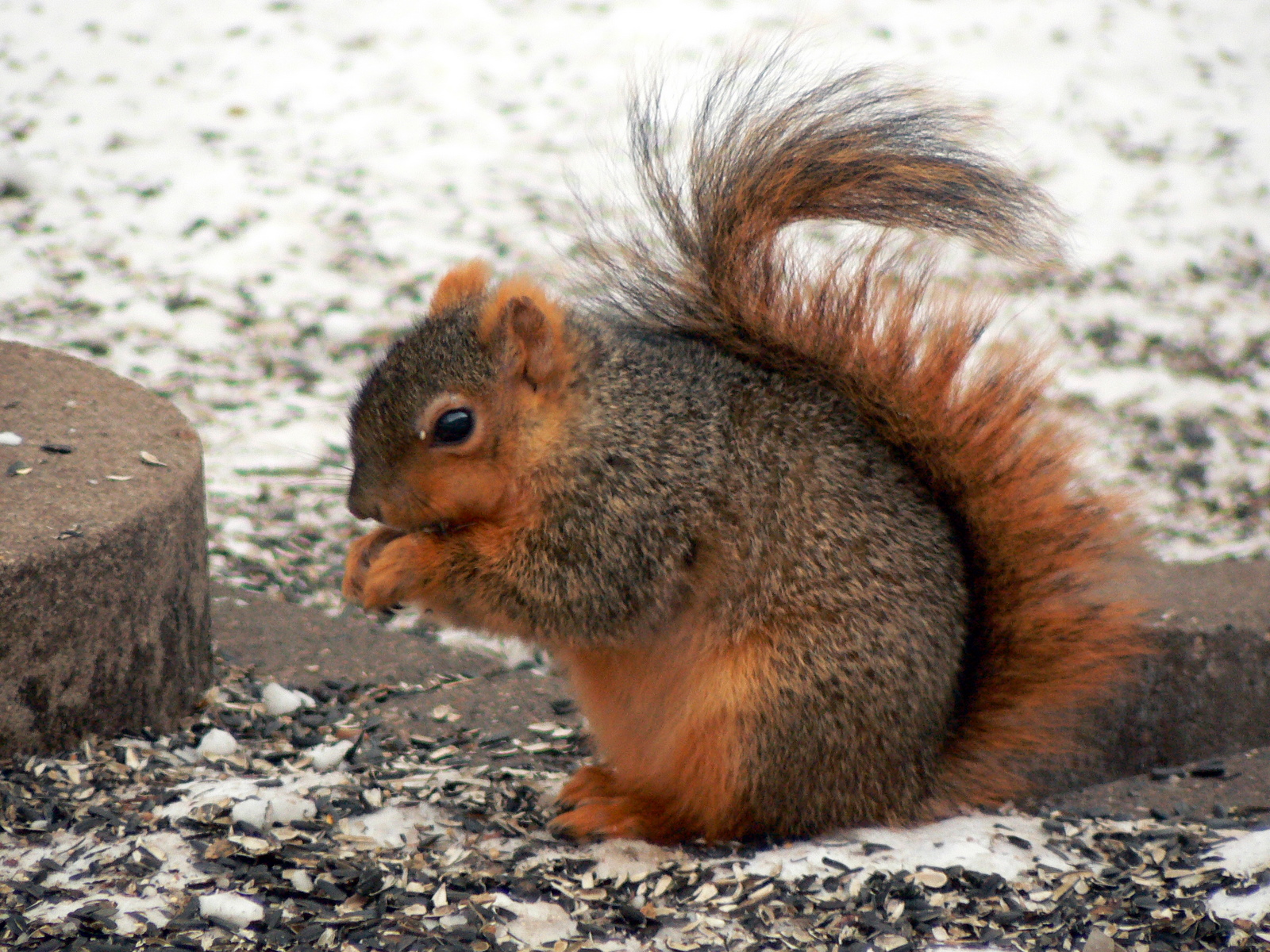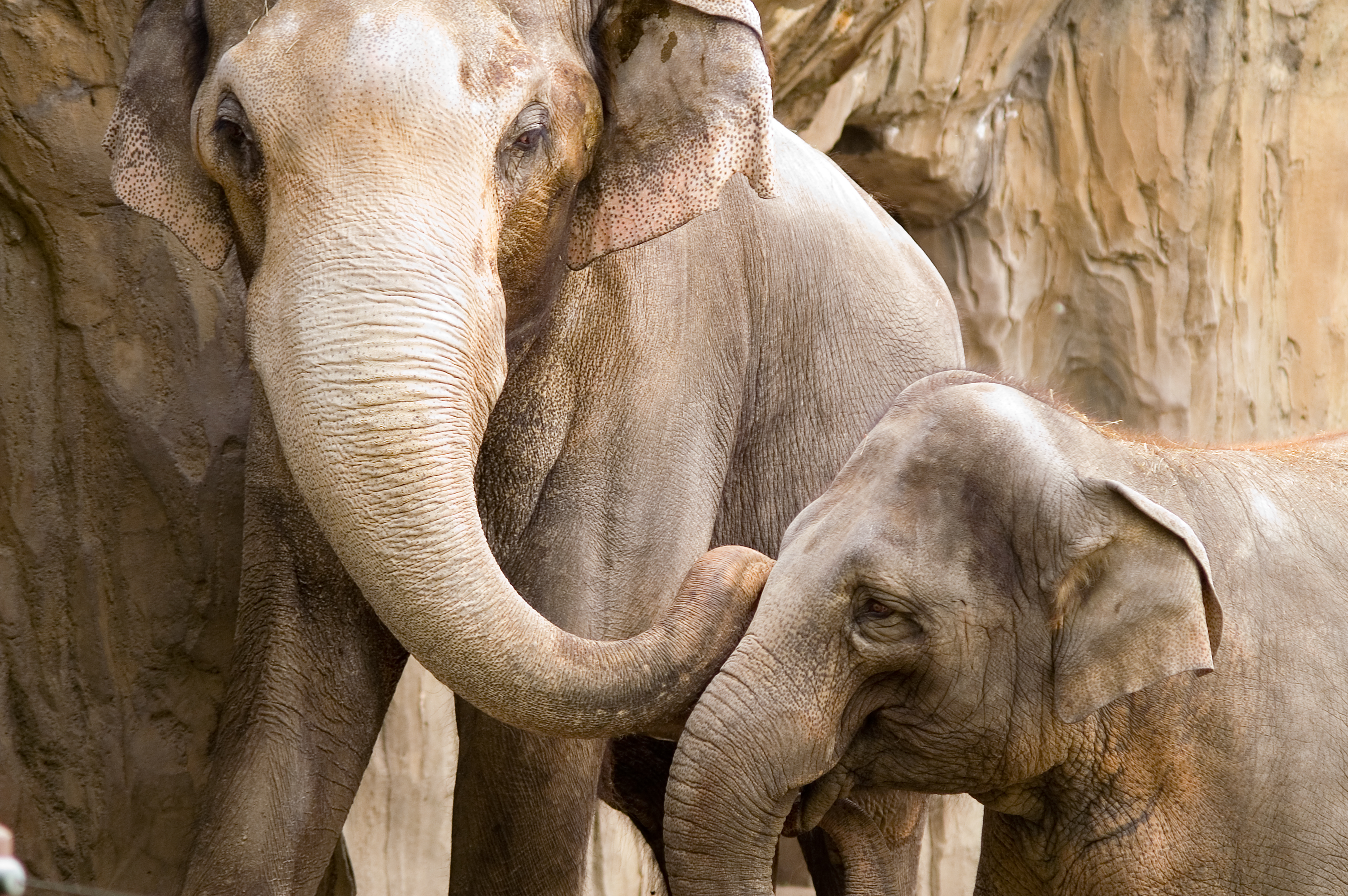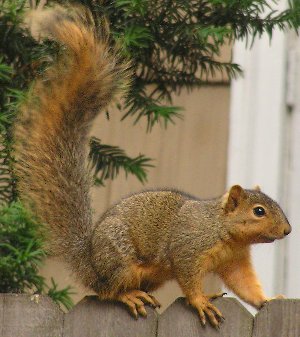Butterflies in Cockrell Butterfly Center (Greta oto , Dryas iulia, Morpho peleides, Caligo memnon, Parides iphidamas, Attacus atlas). Photos by San-Pei Lee.
Have you ever found yourself entranced by the beauty of a fluttering butterfly? The Cockrell Butterfly Center (Houston Museum of Natural Sciences) is a marvelous place to stay for a long duration to observe butterflies’ behaviors or to just enjoy the beauty of butterflies. The simulated environment is as close to a tropical rainforest as one can get to in an urban area. The temperature and humidity of the rainforest conservatory was rather high (temperature around 85 degrees Fahrenheit) to accommodate the butterflies and tropical plants. Sunlight penetrated through the glass walls, and a waterfall filled the air with nature’s sounds. There were even smoothie-looking juices, dried fruit mixes, and nectar-filled sponges provided vitamins and minerals for the butterflies.
There were several species of butterflies fluttering all around and stopping for nourishments or rest. The ones I found most intriguing, all of which were in the family Nymphalidae, were the Blue Morpho (Morpho peleides), Giant Owl (Caligo memnon), Julia Longwing (Dryas iulia), and Glasswing (Greta oto). The Glasswing was truly amazing in that it really had transparent wings, and its small size and quick movements made it even harder to find. These physical traits are most likely adaptive for hiding and escaping from predators, such as birds and spiders (Binetti et. al, 2009). On the other hand, the Julia Longwing was bright orange, most likely demonstrating mimicry, where its bright color warns predators of its toxicity. Also, there was a passion flower potted plant on a bench that attracted countless Longwings, in particular the Julia Longwings. The longwings most likely found the passion flower plant, perhaps with pheromones (Maida and Zeisman, 2001), or secreted hormones, that the butterflies probably recognized from when they were caterpillars, and deposited an egg as many times as possible to ensure high reproductive success. I noticed that butterflies preferred to hang upside-down when laying eggs on the undersides of leaves, probably as protection for the eggs against predators like ants. An example of an even more clever physical adaptation is the Owl’s “owl eyes”. I sighted one owl-eyed spot on each wing so that when the Owl rests and closes it wings together, it looked like an owl. This appearance fools and scares away predators (Frederiksen, 2008). The Owl is crepuscular, signifying that it is mostly awake around dawn and dusk (Frederiksen, 2008). This butterfly’s brown owl-like appearance seems very fitting for it to be crepuscular and almost nocturnal or active at night, like the owl bird it imitates. I found a few resting on the rock walls, and when they did fly, it was an awkward, bat-like flight. My favorite was the Blue Morpho because its wings reflected a beautiful, glittering blue, another foil for predators. This large butterfly flew fast but smoothly, and I observed a lot of them playing and chasing each other. Something interesting about the Blue Morpho is that the undersides of its wings are similar to the Owl’s with dull colors and small eye-looking spots, which is most likely an added protection. (more…)











